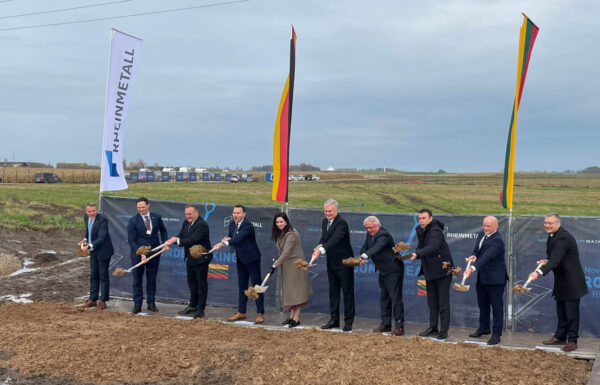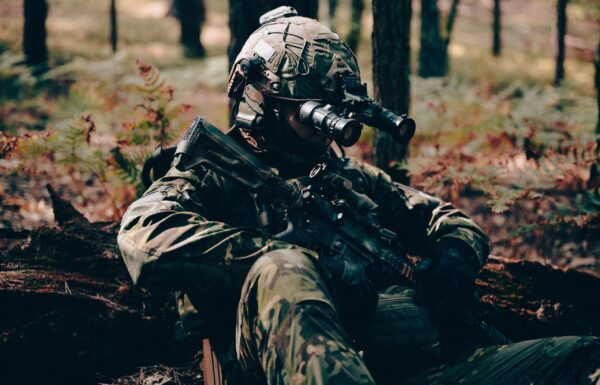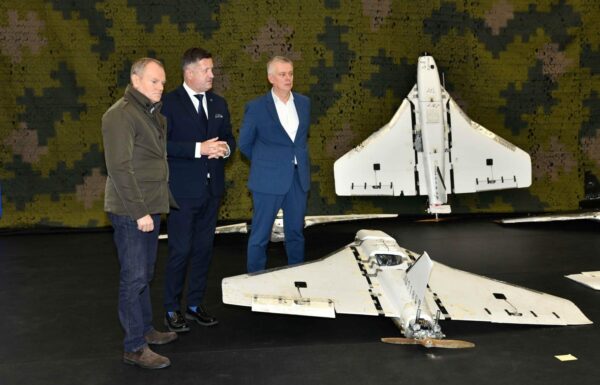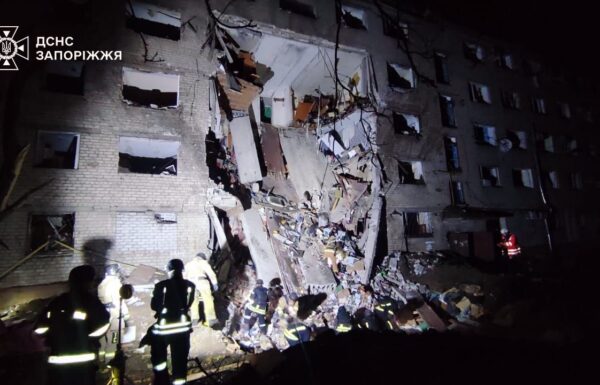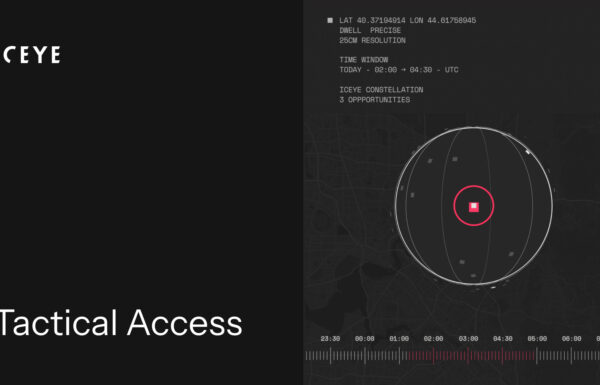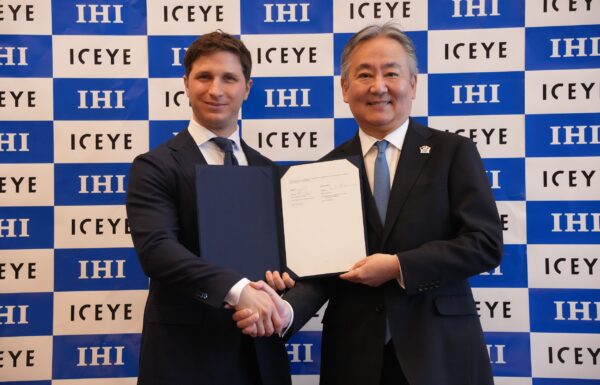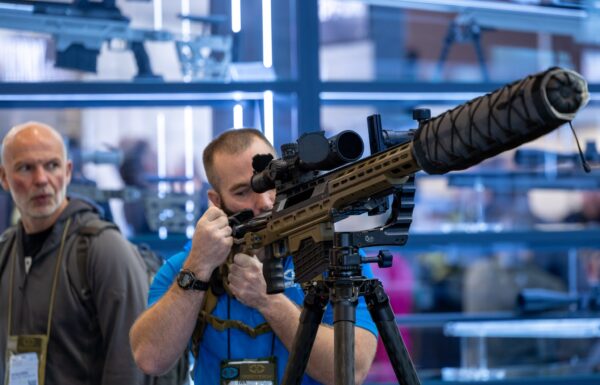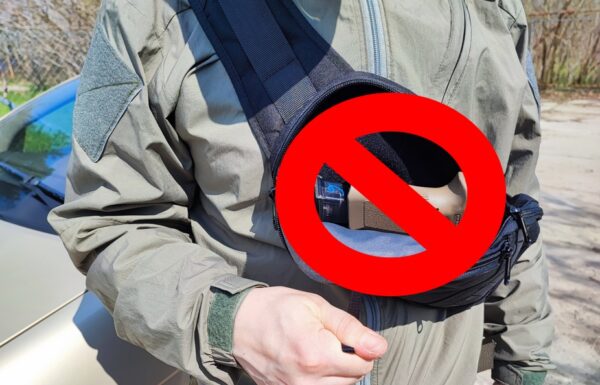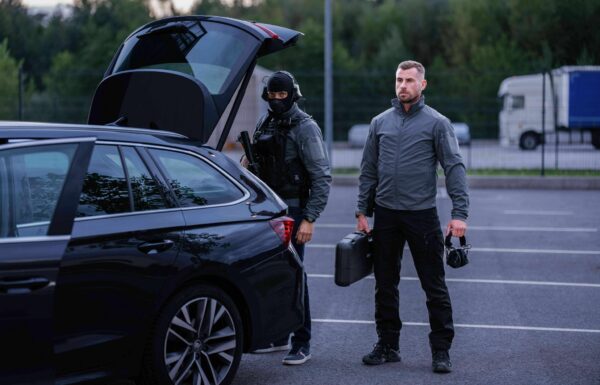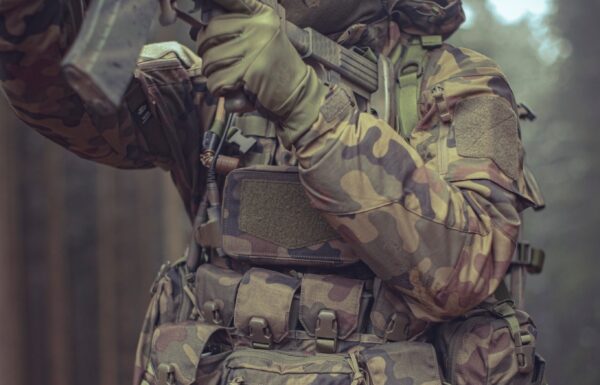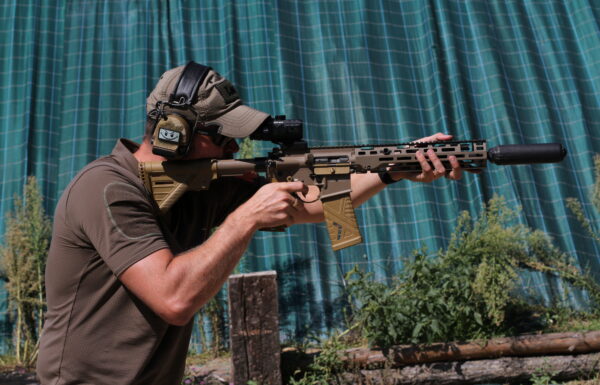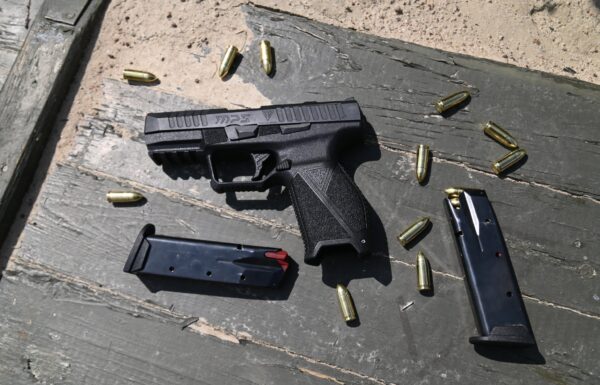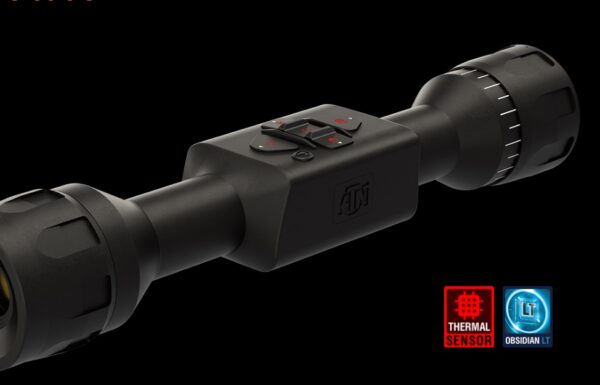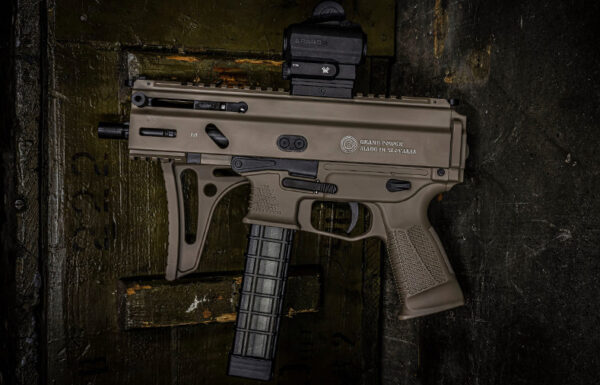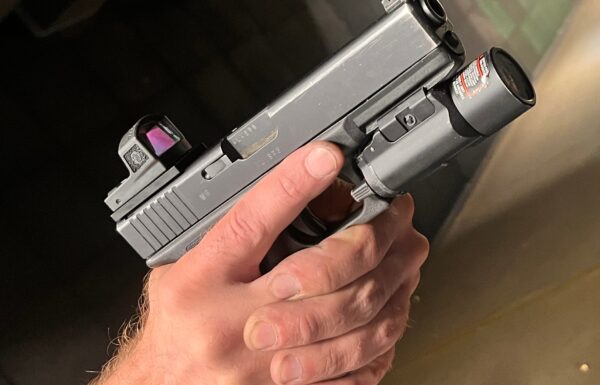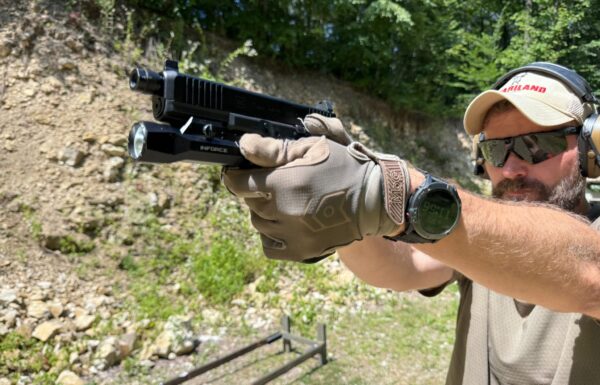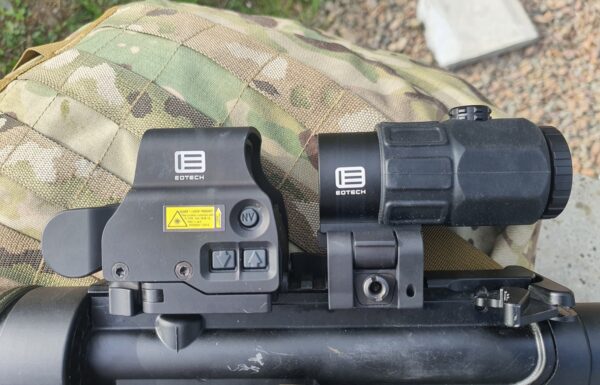On Tuesday, May 20, 2025, the Defense Acquisition Program Administration (DAPA) under the Ministry of National Defense of the Republic of Korea announced that a ceremony was held at the Korea Aerospace Industries (KAI) facility in Sacheon, South Gyeongsang Province, to mark the launch of the final assembly process for the first of 20 serially produced KF-21 Boramae multirole fighter jets in the Block I configuration.
 Illustrative photo: KF-21 Prototype / Photo: KAI
Illustrative photo: KF-21 Prototype / Photo: KAI
The event, organized by the Future Power Division of DAPA, was attended by DAPA Minister Seok Jonggun, as well as representatives from the Ministry of National Defense of the Republic of Korea, the Republic of Korea Air Force (ROKAF), the Agency for Defense Development (ADD), the Defense Agency for Technology and Quality, and companies involved in the KF-X (Korean Fighter eXperimental) program, including Hanwha Aerospace, which supplies the F414-400K engines, each providing 57.8 kN of thrust (97.9 kN with afterburner).
On June 25, 2024, the South Korean news agency Yonhap reported that DAPA had signed a contract worth 1.96 trillion KRW with KAI to launch the low-rate initial production of 20 KF-21 Boramae (hawk in Korean) fighter jets. The agreement also includes continued logistical and training support.
The initial work began on July 10 following a production planning meeting. It involved machining of small components, manufacturing of key parts, and assembly of the front, center, and rear fuselage sections. The first KF-21 Block I unit has now entered the final phase of assembly.
This phase includes assembly of the airframe by joining the fuselage, wings, engine nacelles, landing gear, tail assembly, and flight control systems. This is followed by the installation of electronic systems, engines, and other components, and the execution of basic onboard systems tests. This stage marks a significant milestone in the aircraft production process.
As emphasized by DAPA, today’s event is significant as it serves as an official confirmation to the public and the nation that the production of KF-21 aircraft is progressing smoothly. It signals that the KF-21 has completed its development phase and reached a major milestone, moving closer to final completion. This is expected to have a positive impact on future export negotiations.
DAPA is steadily managing the low-rate initial production program for the aircraft, drawing on the experience and technological achievements gained during the system development process. The first unit, which has entered the final assembly phase, is scheduled to be delivered to the ROKAF in the second half of 2026 following acceptance testing. The final unit is expected to be delivered in 2028.
Jeong Gyu-heon, head of the Future Power Division and senior government official, said: “It is thanks to the dedicated efforts of our engineers and developers that we have reached this historic moment—the start of the final assembly of the KF-21, which will shape the future of the Republic of Korea Air Force.”
He also emphasized that for the successful mass production and deployment of the KF-21 to contribute to economic revitalization and become a driving force in elevating the status of the Republic of Korea, effective communication and organic cooperation between the government and industry, as well as among partner companies, are essential.
It is worth recalling that on March 22, 2024, during the 160th meeting of the Defense Acquisition Program Promotion Committee (DAPPC), operating under DAPA, a plan was announced for the low-rate initial production of KF-21 Boramae fighter jets, with a total value of 7.92 trillion KRW for the years 2024–2028. Earlier, on January 10, 2024, it was reported that the initial test evaluation of the prototypes had been successfully completed, and plans for the first orders within the year were announced. This was followed by successful aerial refueling tests and air-to-air missile firing tests with Meteor and IRIS-T missiles.
Although the initial plan called for the production of 40 KF-21 units in the air superiority Block I configuration, the Korea Institute for Defense Analyses (KIDA) recommended reducing the number of aircraft in low-rate production and dividing it into two phases.
The Korean-Indonesian KF-X/IF-X program (Indonesian Fighter eXperimental) has been underway since 2016. However, the partners from Jakarta have proven problematic when it comes to sharing the costs of the project. On May 6, 2024, Indonesia approached the Republic of Korea to renegotiate the terms of its financial contribution to the program. On August 26 of the same year, Korea agreed to reduce Indonesia’s stake in the program. On April 16 of this year, the United Arab Emirates expressed interest in acquiring the KF-21.
Meanwhile, KAI continues its research and development program for the KF-21 Block I, which includes around 2,000 tests using six prototypes (four single-seat and two twin-seat aircraft), which had completed over 1,000 flights by the end of 2024. The latest milestone was an aerial refueling operation conducted at night, which DAPA reported on April 9 of this year.
It is also worth noting that on December 27, 2023, South Korea ordered 20 American F-35A Lightning multirole fighter jets as part of the second phase of the F-X III program, intended to replace the F-4E Phantom II aircraft retired last year.







